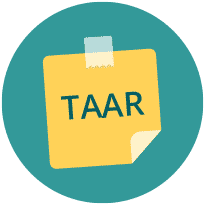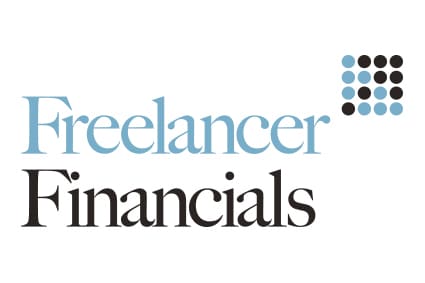HMRC tip their cap to some responses to company distributions consultation

HMRC has now published the responses to its December 2015 consultation on company distributions and although the government has listened to a number of concerns and acted upon these by amending the proposed legislation, they do little to help contractors.
For those freelancers who close their company and restart another company soon after, mainly for IR35 reasons, they will run into difficulties because of a Targeted Anti-Avoidance Rule (TAAR) which will treat a distribution from a winding-up as if it were an income distribution where certain conditions are met:
- an individual (S) who is a shareholder in a close company (C) receives from C a distribution in respect of shares in a winding-up
- within a period of two years after the distribution, S continues to be involved in a similar trade or activity
- the circumstances surrounding the winding-up have the main purpose, or one of the main purposes, of obtaining a tax advantage
Some respondents agreed that the TAAR would be effective and some specifically mentioned it should help with ‘phoenixing’ situations, where the current rules are not working in practice. It was suggested by some respondents that the rules are too widely drawn and have the potential to add cost and time delays as well as cause uncertainty, particularly if there was no clearance procedure. A larger number of respondents noted that they feared the new rules would apply in many genuinely commercial scenarios.
Better alternatives?
A number of respondents felt that the TAAR was not necessary as the proposed amendments to the Transactions in Securities rules should be sufficient and suggested a number of changes to the proposes TAAR:
- Excluding special purpose vehicles;
- Removing from legislation that particular regard should be had to the continuation of the same or a similar trade or activity); and
- That testing for a similar business should be based on the activities of the trading company not the holding company.
As an alternative to the TAAR the following suggestions were made:
- Tackling phoenixism through more targeted measures;
- Charging a supplementary rate of CGT on liquidations;
- Amending Entrepreneurs’ Relief to make it more difficult to obtain where income has been converted in to capital;
- Using the Company Directors’ Disqualification Act to tackle abusive phoenixism; and
- Making a limited amendment to the Transactions in Securities rules to confirm that liquidations are within scope.
Virtually all who responded considered the TAAR would create some unwanted consequences and many felt that it could inhibit commercial activity. It was frequently mentioned that the TAAR could create uncertainty, whether during the two-year period of the test that considers whether the same or a similar activity is carried on, or through the definition of whether there is a ‘similar’ trade or activity.
A large number of respondents felt the TAAR would inhibit the genuine use of special purpose vehicles that is not motivated by tax avoidance and some felt it would change behaviour as when ceasing to carry on a trade there could be a choice of whether to structure transactions as a share sale or a sale of trade and assets.
The point was made that there is a risk of inhibiting entrepreneurs with an effective two year limit on future investments in the same field and questioned whether liquidating an investment company would mean a person could not invest in anything for two years.
The effect of the TAAR on family-owned businesses was highlighted. Specific circumstances were mentioned including where a family has more than one company active in the same type of activity, or where relatives carry on the same type of activity through a company.
Many called for the introduction of an advance clearance procedure to mitigate the problems and uncertainty the TAAR will cause. This, however, has been rejected by the government as it does not believe it is appropriate in these circumstances because clearance procedures are not generally provided for this type of anti-avoidance rule. HMRC will instead provide guidance to demonstrate how the rule will be applied in practice. If this is anything like their past attempts to provide clarity to IR35 via guidance then another layer of doubt is about to be added to the contractors’ tax world.





Another CF from HMRC and HMG.
Any idea when we’ll see the legislation itself? The wording of the TAAR in the consultation is fraught with difficulty.
e.g. “continues to be involved in a similar trade or activity” – so if I have a plumbing company, wind it up and then carry on working as a plumber employed by someone else, I fall foul of TAAR (as written). It doesn’t say that the continuation has to be through a Ltd company.
e.g. what does continues mean? If someone stops, does something else and then starts later, they have not actually continued the trade.
e.g. what is similar?
e.g. “or one of the main purposes,” – so whatever the main purpose was if there is any tax advantage they can come after you.
D.
Dougieray you can read the actual legislation here:
http://www.publications.parliament.uk/pa/bills/cbill/2015-2016/0155/cbill_2015-20160155_en_1.htm
Reading this won’t answer your questions though…